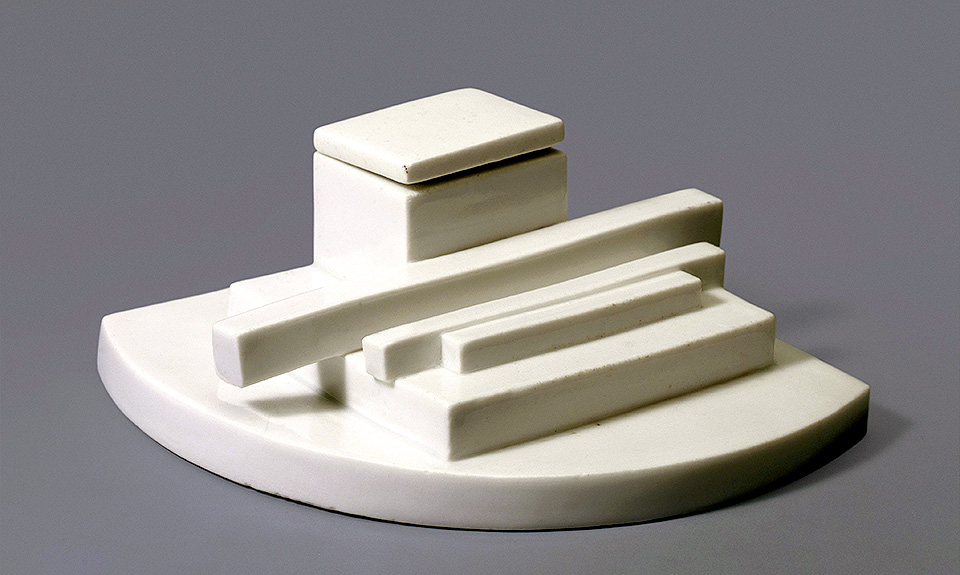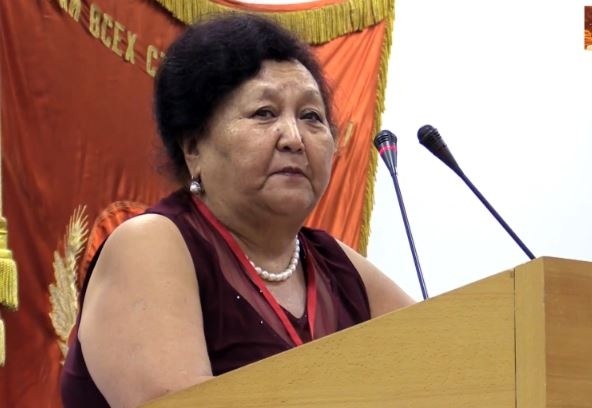The history of Russia and the Russian avant-garde, told through porcelain
The symbol of pre-revolutionary porcelain is considered to be a series of figurines “Peoples of Russia”, ordered by Nicholas II at the IPM in honor of the celebration of the 300th anniversary of the Romanov Houses. Sculptor Pavel Kamensky managed to create 73 figures, 12 are shown.
Two figures from the “History of the Russian Guard” series, plates based on their own stories that take place throughout the 19th century, two vases with under-eye painting “Views of Russia”, an Easter egg as a sample of products to be produced by the IPM on the eve of the revolution, give an idea of the traditions of the Russian art language of the time.
“Landscape” and a sketch for “Composition V” by Wassily Kandinsky and two “Suprematisms” by Kazimir Malevich were chosen as the point of no return. A new society dealing with post-revolution needs everything new, including art. The best way to introduce it is through household items. The nationalized Imperial Porcelain Factory became one of the main centers of art.
Sergey Chekhonin, an excellent graphic artist, a master of type, who knew folk art well, became the main artist of the SFZ. In the first years of Soviet power, he built a decoration for the plate “Cubist with a hammer”. Rudolf Vilde – for the jug “Multi-colored rays with the inscription” RSFSR “” and the saucer “Sickle, hammer and gear”. Aleksey Karev thought the same way and drew a stamp for the SFZ products with the image of a sickle, a hammer and part of a gear. A few years ago stamps with double-headed eagles were painted over with rhombuses or ovals. Then they stopped: the former brand name worked better for export. By the way, avant-garde artists Ilya Chashnik and Nikolai Suetin continued to work on the reserves of the imperial “linen”, there was no other.
In 1921, Kandinsky developed a design sketch for a cup and saucer. It proposes together with the smallest edition cup, the Hermitage in 2022, and is exhibiting the premiere. In 1923, Chekhonin became the chief artist of the SFZ, replaced by Nikolai Punin, who invited Malevich to the factory. He created several sketches for plate paintings, as well as the famous forms – “Half” and “Teapot with a lid”. At the exhibition, they are shown together with two plates by Malevich – “Dynamic Composition” and created based on the painting “Flight of an Airplane”.




